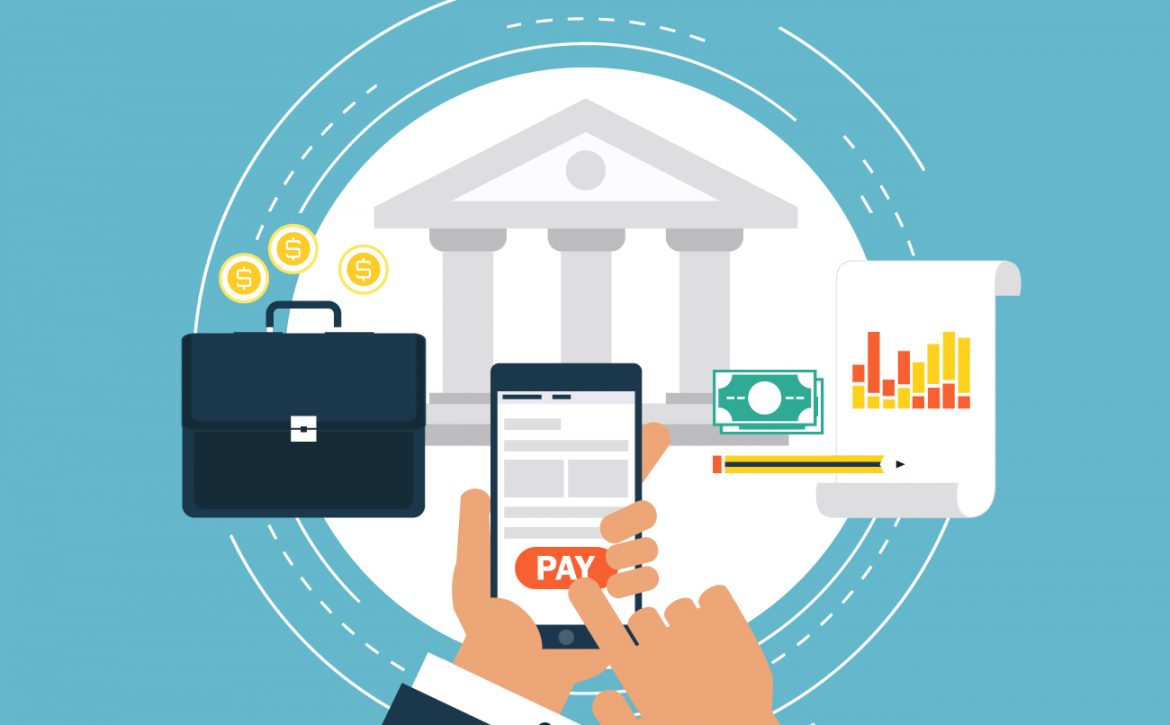Banking as a Service (BaaS) – Entering into a New Era of Financial Ecosystem
From the past few years, there has been an increase in the number of sectors like Travel, Retail, SAAS, etc expanding themselves into financial services.
Well, Banking and Fintech is a collaboration that is still very new in the Indian economy. The new normal has definitely shaken up the world and it has impacted the traditional banking system. From visiting a branch to opening an account online has been a major revamp in the industry – to be honest, this is just the start.
New Fintechs every day are disrupting the old traditional ways of banking and challenging our generation to think something out of the box now and then.
BaaS is a vast topic and the meaning of this is changing as per the ask of the end customer every day. Let’s try addressing the details one by one.
What is BaaS?
In layman’s terms – BaaS is a process that allows fintechs and third parties to connect with banks via APIs. From opening an account to creating FD’s, etc everything can be done with the help of BaaS.
Offering these services to an end customer is not so easy and requires a lot more regulatory processes to be in place. For eg: issuing prepaid cards – requires PPI license, giving credit to customers – requires NBFC license, and so on and so forth.
How does this work?
Banks obviously have licenses to offer various services, so they expose their systems to BaaS providers and these providers in return pay to banks for using their services. BaaS will allow businesses to fit the financial technologies and then the businesses will provide new solutions to end customers as per their needs and requirements.
Generally, the BaaS model begins with Fintechs, banks or Third party Providers paying fees to the BaaS platform. The financial institutions will open up their APIs to TPPs, thereby giving permission to access the systems and information required to build new banking products or offer white label banking services.
Let’s understand how this is different from old traditional ways of banking
In today’s era, opening an account is just a matter of a few minutes compared to the days where opening a bank account required walking to the branch.
Today, if someone has to send money to their children/relatives sitting abroad – trust me, it’s not a task anymore. Of course, this requires the regulatory practices to be in place, however, there are fintechs who are supporting this while simultaneously abiding by the regulatory guidelines.
To change the entire structure in the back end and front end for banks is not an easy task and requires a lot of investment. In this case, the banks approach BaaS or Tech service providers to plug in the system and provide end-to-end services to the customer.
Future of BaaS
Everyday the financial industry is coming across a new development, the landscape is changing rapidly. Banks, Fintechs and businesses are coming across new requirements frequently. Reaching out to new segments of customers and solving a problem statement is also a new revenue stream for the banks as well as fintechs.
Banks teaming up with the service providers and reaching out to end customers for providing innovative solutions is much required. APIs and applications play a major role in bringing these changes and need to be developed in a responsible way to provide long-term efficiency and scalability.




